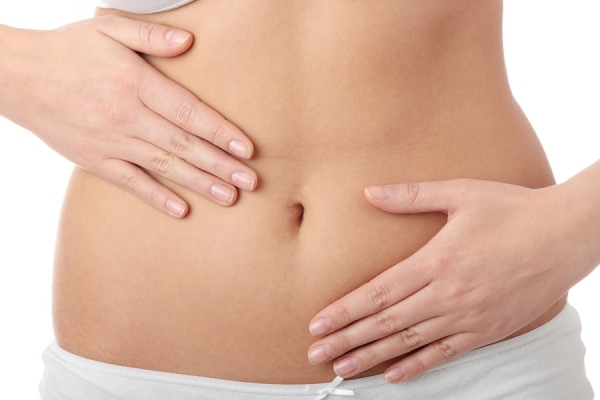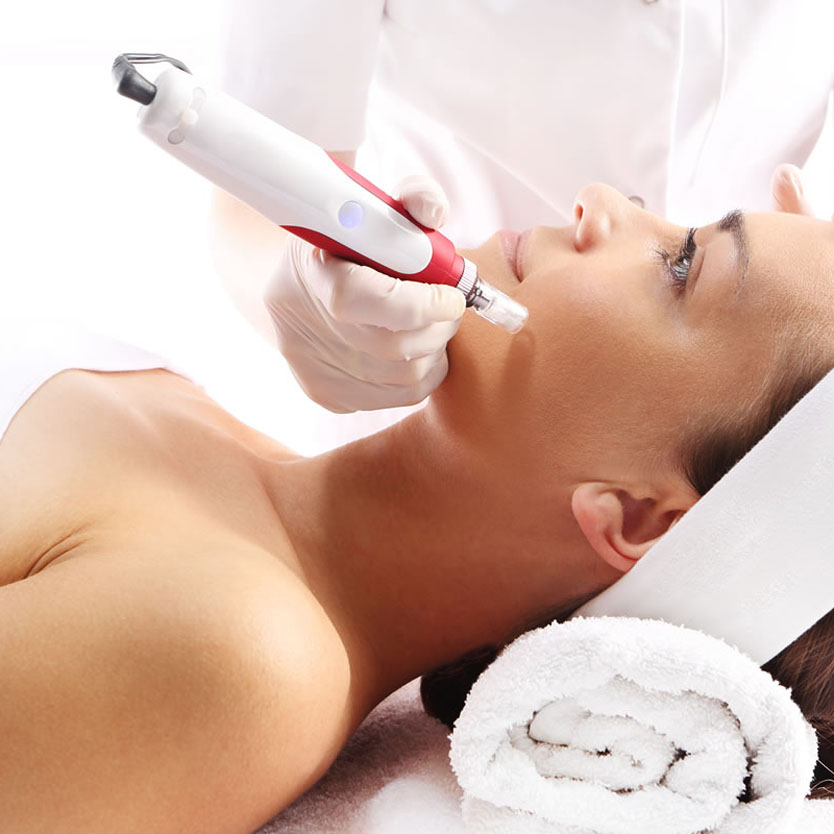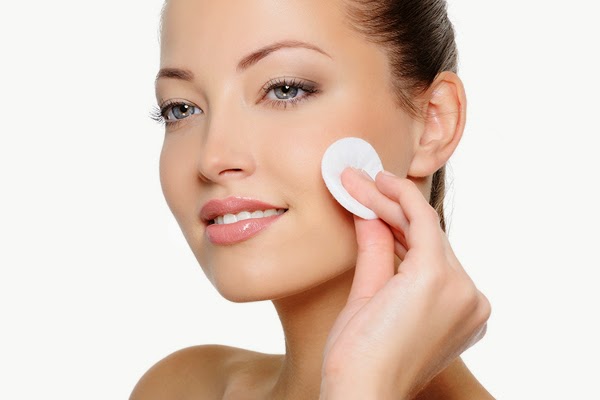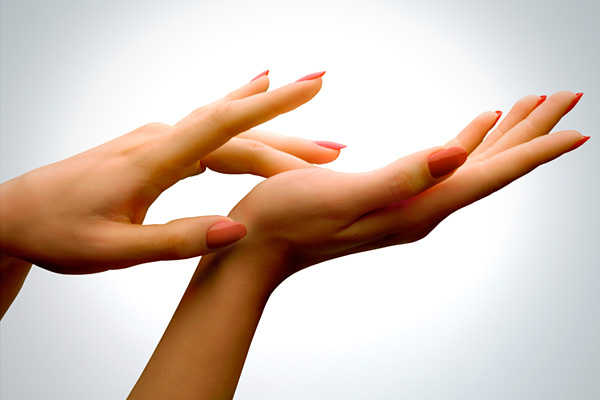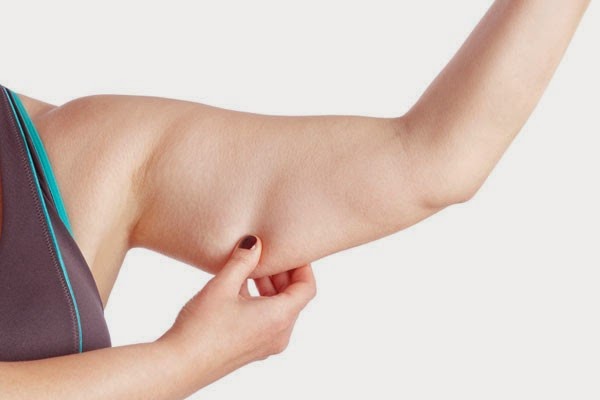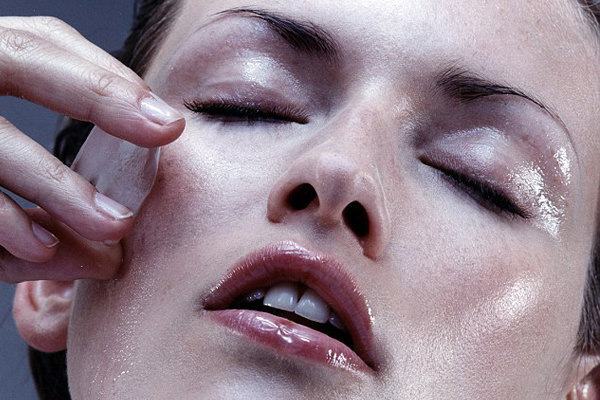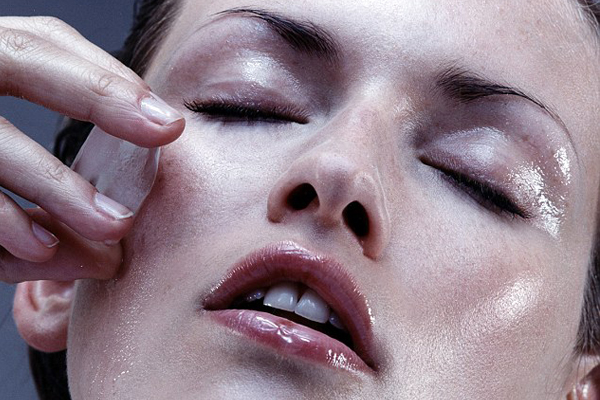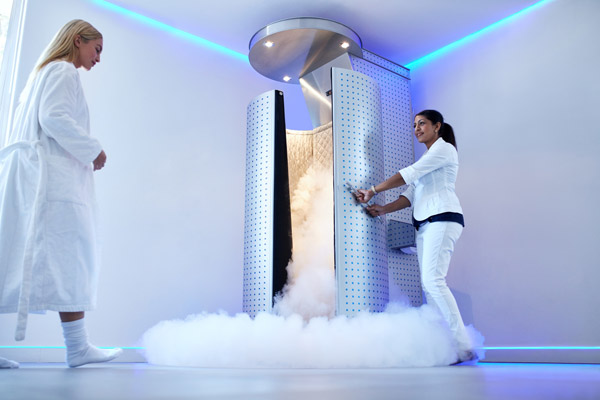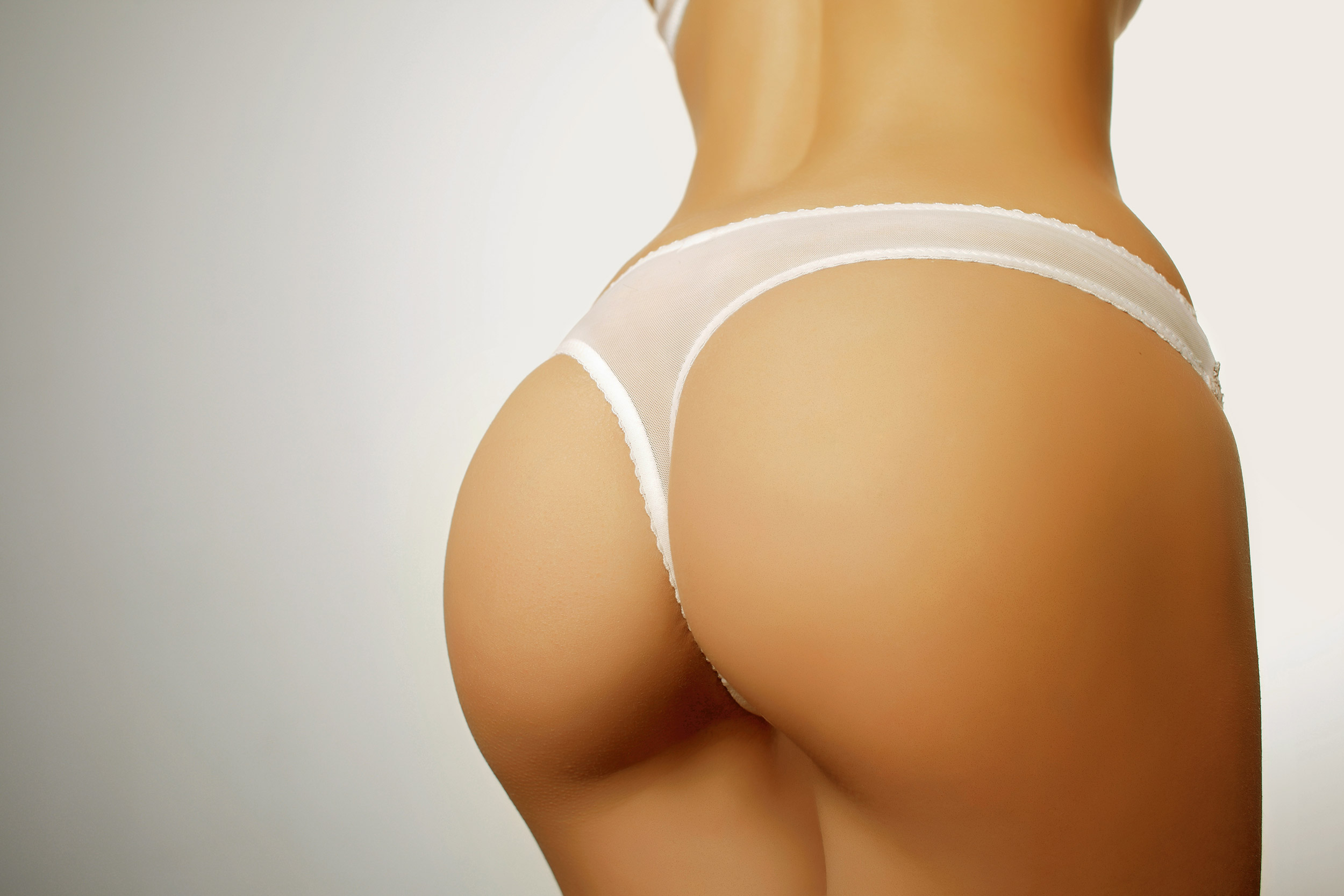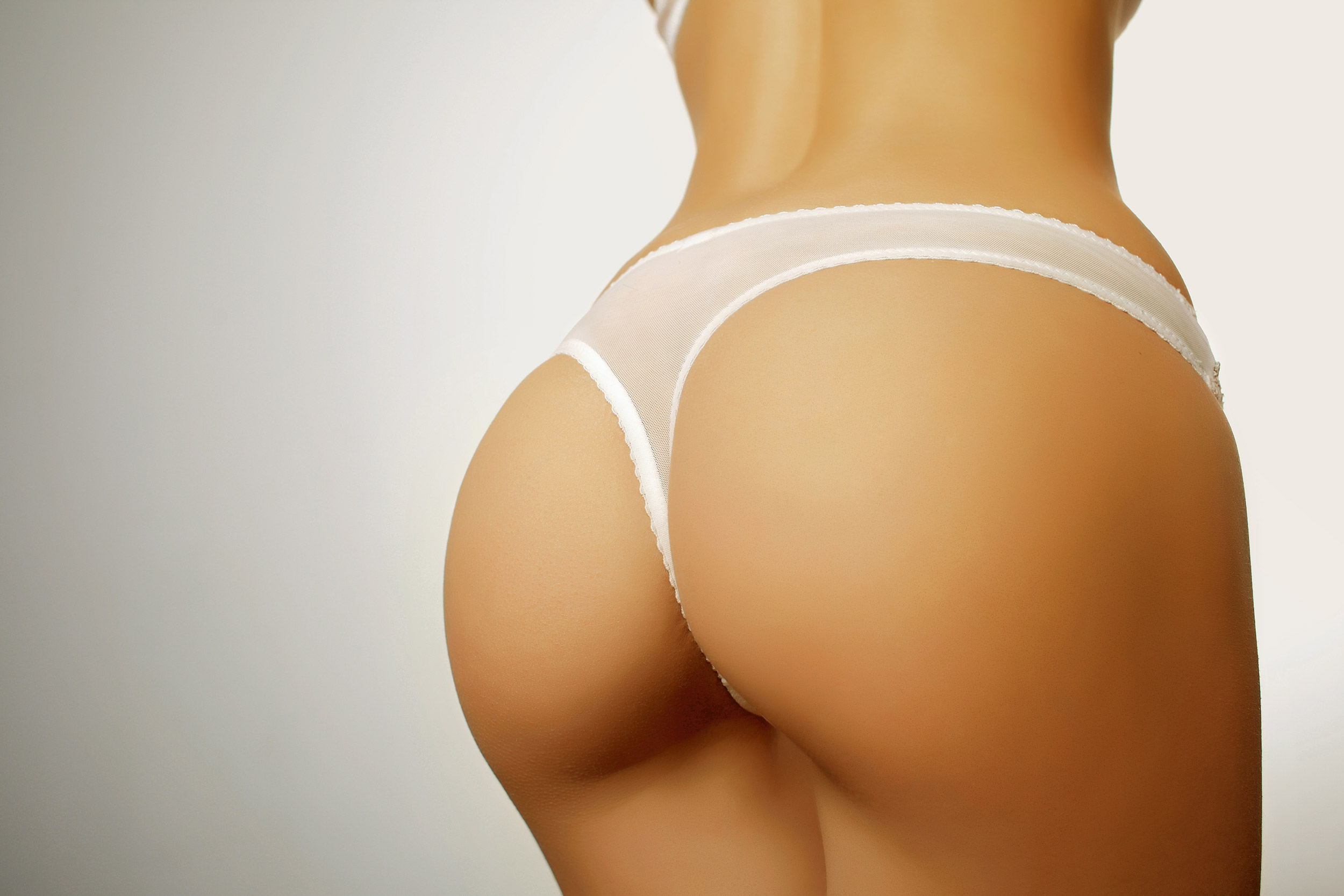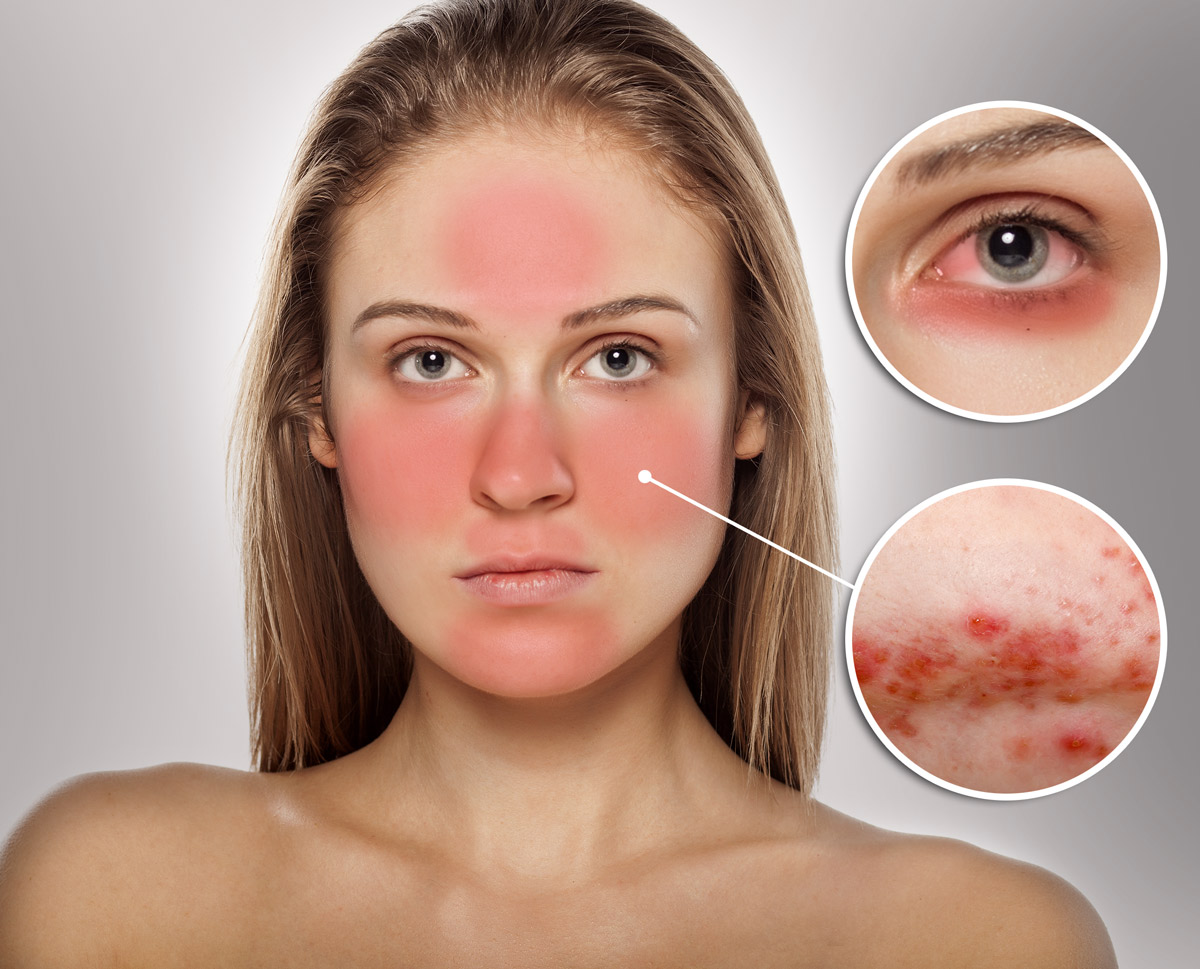Many of us suffer from digestive related intolerances. These foods will battle the bloat.
Over the holiday period we will often indulge in carbohydrate heavy and sugar laden treats, but these often cause digestive discomfort and bloating. That feeling of being heavy with a stretched stomach is one that many of us have experienced at some point, so today we highlight the foods that can help prevent the bloat:
Foods to avoid the bloat
Any foods that include a lot of sugar, gluten and starch are likely to make you feel uncomfortable. Foods like: bread, pasta, crisps, and potatoes can make you feel uncomfortable and tired. With sugar filled foods and snacks like chocolates and sweets, your blood sugar levels will hit a high peak causing them to dramatically crash leaving you feeling lethargic and bloated. Fizzy drinks and the favourite Christmas vegetables like Brussel sprouts, cauliflower and broccoli are also culprits of bloating as they can cause trapped wind. Opt for gluten-free alternatives of your favourite treats, and consume lots of water in addition to peppermint or green tea to reduce the bloating.
Foods to beat bloating
You can also focus on your diet and eating habits to avoid that overly full feeling you get around the festive period. Try to eat smaller portions more frequently throughout the day rather than eating a lot of food in one go like on Christmas day. Ensure that the meals are nutritional, avoiding gluten and dairy where possible. This will help to suppress hunger and take control of that amount of food and calories you need per day.
To reduce bloating, you may want to try yogurt drinks like Yakult which contains probiotics to restore the balance within the stomach.
Snacks that won’t make you bloat
Cucumber: cucumber is a light and tasty snack that contains a high amount of water thereby keeping you hydrated.
Asparagus: many beans and legumes can make you bloat, but asparagus is one of the foods that can reduce it.
Nuts: nuts are a popular Christmas snack, just make sure you opt for non-salted ones and they will keep you feeling full and satisfied for longer.

